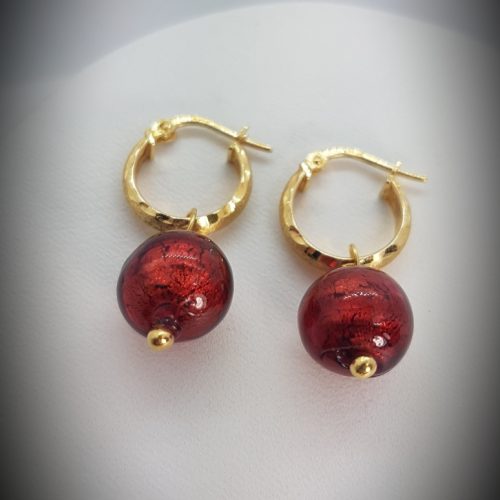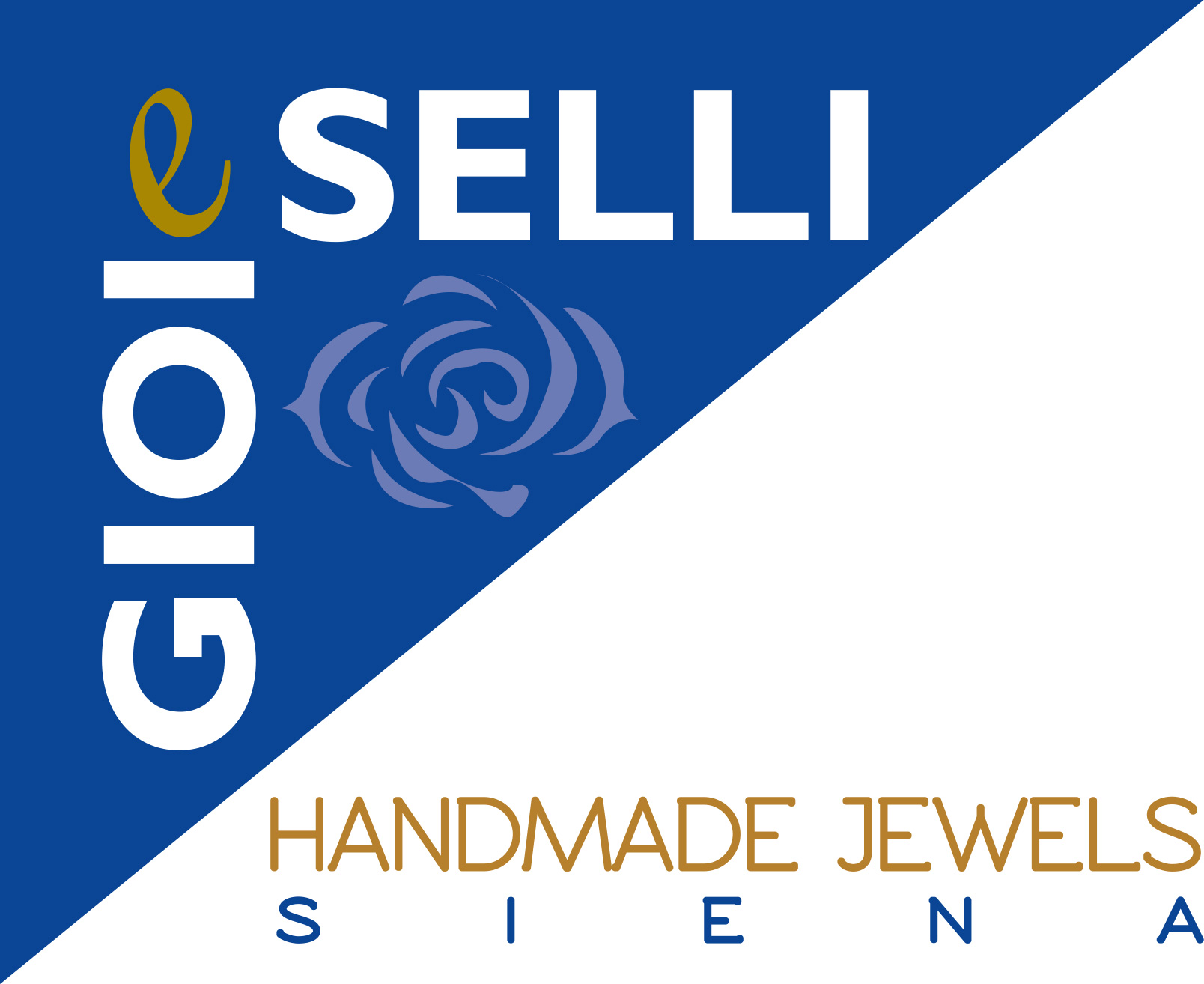120,00€
Handmade. Length 20 inches with extendable chain. Sterling Silver 925, nickel-free.
Search in the section earrings the best match!
3 in stock
The necklace “Arcobaleno di Venezia” is handmade. If you prefer another colour, don’t hesitate to write us. We can stretch or shorten the necklace according to your wishes and needs. We can also change the color of Silver. You don’t like gold? No problem! We can make it in rhodium plated Sterling Silver.
The Murano Glass origins in Venice are lost in the mists of time. Archaeological excavations have uncovered fragments that indicate the presence of this activity already in the 7th century B.C. both on the Torcello island and on the Murano island. Murano’s reputation as a center for glassmaking was born in the XII century. Glassblowers came to be located on Murano for two reasons. The first was to minimize fire risk in Venice. The great number of glass-firing ovens—which regularly reached some 1500 degrees Celsius—produced beautiful glass objects but also initiated fires in the city. The fire hazard must have become onerous because by the 1270s, city officials had begun to transfer glass workshops from the center of Venice to Murano, a process completed by 1291. The second reason to relocate glassmakers to Murano was probably political. Trade secrets of Murano glassmaking were already being leaked across Europe during the Middle Ages, and sequestering glassmakers on Murano allowed the Republic to control glass production and exportation, ensuring that these secrets remained in Venice. Glassmakers faced steep fines or even imprisonment if they traveled outside the Republic, though interestingly, glassmakers from Dalmatia, Bohemia, and elsewhere were occasionally authorized to work on Murano. Until the sixteenth century, Murano glassmakers held a monopoly on European glassmaking, and their stunning creations brought them renown across the world.
We know something about early Venetian glassmaking techniques thanks to a work called L’Arte Vetraria (“glass art”), written by Antonio Neri in 1612. Neri’s work outlines the most valued types of Murano glass at that time, noting that it was the delicacy, lightness, and translucency of Murano glass that brought it fame.

Spedizione gratuita per ordini superiori a €60,00 in Italia e a € 200,00 per l'estero | Free shipping for orders over € 60,00 in Italy and € 200,00 for abroad Dismiss
